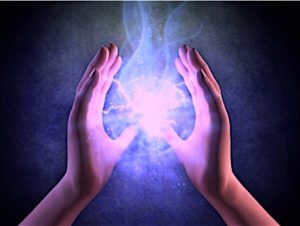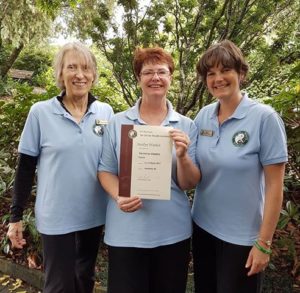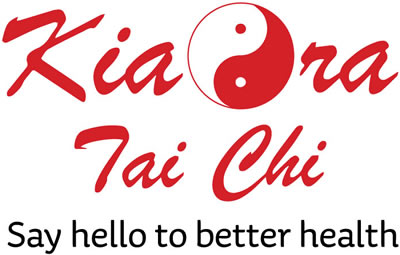by Jocelyn Watkin | Mar 14, 2017 | Information |
 Energy – we all want more! Tai chi is the only exercise I know that seems to give you energy or at least makes you feel more energised.
Energy – we all want more! Tai chi is the only exercise I know that seems to give you energy or at least makes you feel more energised.
Good energy levels are strongly connected with good breathing, which is a key component in tai chi.
Of course, without breath there is no life. You’ve probably heard that old tai chi joke: Student asks: “Master, what is the secret of a long life?” Master replies: “Keep breathing for as long as you can.”
I’ve recently upgraded my instructor qualifications to include Tai Chi for Energy. This programme was created by Dr Paul Lam of the Tai Chi for Health Institute by combining the movements of two different tai chi styles, Chen and Sun:
- Chen style is vigorous and complex, combining fast and slow movements with powerful spiralling, seemingly elastic force.
- Sun style incorporates unique qigong (life energy) movements with agile stepping.
Together, these two contrasting styles enhance energy flows, which can relax, refresh and revitalise. As such, Tai Chi for Energy can help to improve your health and wellness, internal energy, and the ability to manage stress. This form is a natural sequel of Tai Chi for Rehabilitation (which I’m also qualified to teach).
I look forward to teaching my students this exciting and energising tai chi form.
Find out more:

Jocelyn Watkin (centre) was awarded the Tai Chi for Energy Instructor qualification by Master Trainers Janet Cromb (left) and Tamara Bennett (right)
by Jocelyn Watkin | Aug 22, 2016 | Information |

Stand tall and deliver
No matter what you’re confronted with, always maintain an upright body posture. This is one of the four essential tai chi principles.
But… what does upright body posture mean? Well, it’s not that old-fashioned walking with a book on your head. That’s a recipe for stiff muscles plus a sore neck and back from trying to move so rigidly. What’s more, even if you did move like that the book would still probably fall off your head.
Upright posture and alignment means NOT leaning or hunching – whether forwards, backwards or sideways. Imagine if the top of your head was suspended from a golden strand of silk – this is a magical thread because it doesn’t cause any pain. Suspended like this, gravity helps the joints in your spine move into alignment so they are stacked sweetly on top of each other, like they’re meant to be. Your tail bone is centrally positioned at the base of your spine and slighted tucked under. You feel balanced and comfortable.
Imagine that you are now gently lowered to your feet. Take the weight evenly on both feet and keep your knees soft (slightly bent, not flexed straight). This will keep your tail bone and buttocks tucked under and your spine neatly stacked. Keep your head upright (but not tense or rigid) with your eyes looking straight ahead. This might feel a little strange at first but in time it will feel more comfortable.
So, why is all of this important? Because, with your head upright and with correct body posture and alignment you are more likely to:
- Release tension and pressure caused by bad posture
- Reduce stress and pain on the back and knees
- Reduce the chance of falling
- Increase your muscle strength and balance
- Improve your martial art (you will be much harder to be pushed/pulled off balance)
- Increase the Qi/energy flow, as this flows better in an aligned body
So, kia ora/say hello to upright posture and body alignment. They’re heaps better than just walking with a book on your head.

How not to do tai chi
Find out more:

Put the book in your head, not on your head
 Energy – we all want more! Tai chi is the only exercise I know that seems to give you energy or at least makes you feel more energised.
Energy – we all want more! Tai chi is the only exercise I know that seems to give you energy or at least makes you feel more energised.



